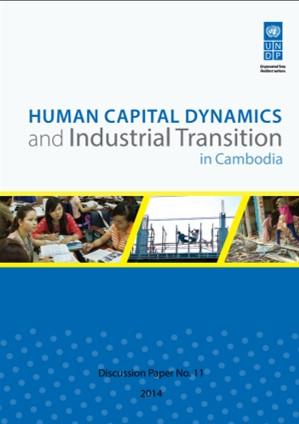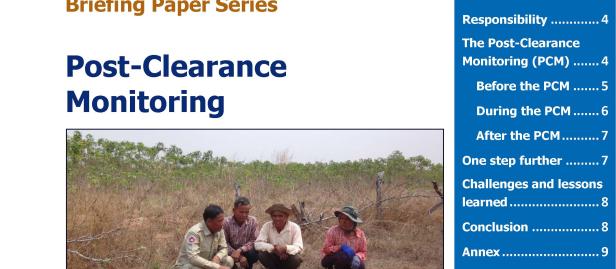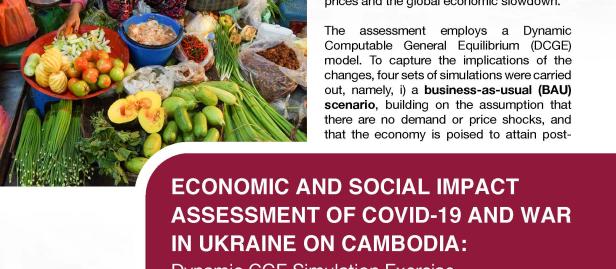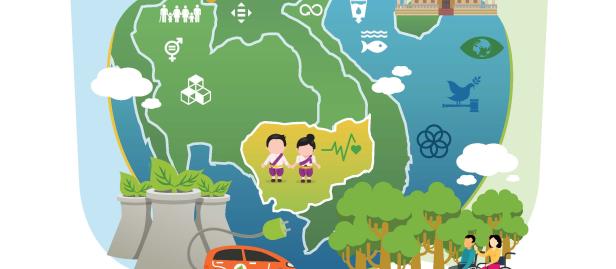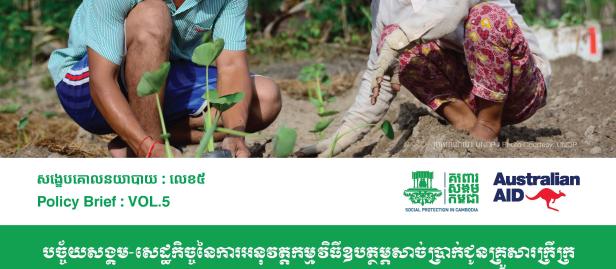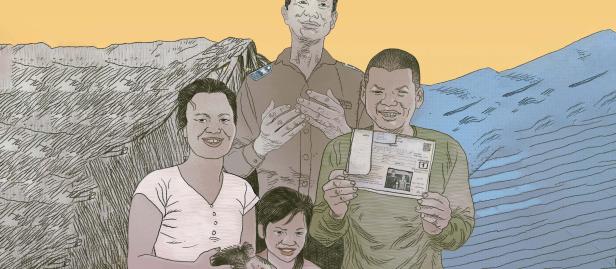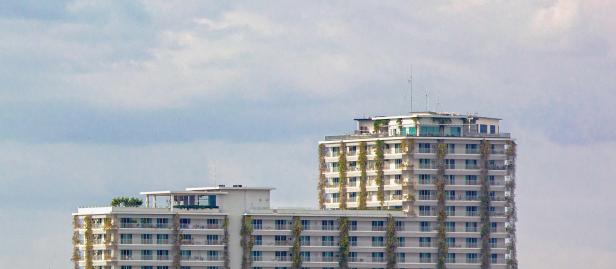Human Capital Dynamics and Industrial Transition in Cambodia
Human Capital Dynamics and Industrial Transition in Cambodia
January 4, 2015
The Rectangular Strategy Phase III (2013-2018) reaffirms once again the commitment of the Royal Government of Cambodia in reducing poverty and ensuring sustainable, inclusive and equitable growth through diversifying the economic base and improving human capital and good governance.
Cambodia has made impressive achievements in its development with the economy growing (1993 to 2013) at an annual average of 7.7 percent, making it one of the fastest growing economies in ASEAN and Asia. This has contributed significantly to reducing poverty, which now stands below 20 percent compared to 47.8 percent in 2007, and brought the country to the edge of graduating to lower-middle-income country status.
Moreover, employment has grown at 4 percent per year between 1998 and 2008 although much of this growth has been in the rural areas and in the informal segments of the economy. Nevertheless, labour productivity, as measured by output per worker, has been one of the lowest in the region and grew only modestly in the late 2000s. In 2010, output per worker in Cambodia was less than US$4,000 in constant purchasing power parity dollars; this was two-third that of Viet Nam and less than one-fifth of Malaysia’s.

 Locations
Locations